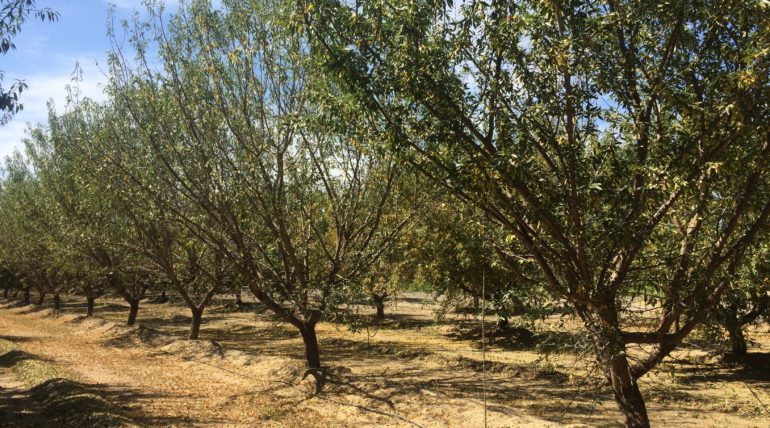Using Mid-Summer Leaf Samples to Guide Fertility Programs, Part 1
By this time, mid-July leaf tissue sample results should be available. These tissue results are critical for any nutrient management plan. They should be taken annually to determine if the nutrient program is adequate for the orchard, and the values should be used to tune the orchard´s nutrient program. Research has shown that once an orchard reaches sufficiency of a specific nutrient, increasing it further will not improve yields. This has been demonstrated several times, both within nitrogen and potassium. Second-guessing and adding more fertilizer beyond sufficient levels to address existing yield problems will not improve the situation. This fact is relatively unpopular as it is easier to add more fertilizer than it is to fix the problems that limit orchard production, or assure oneself during a period of second guessing. More on that can be found here (slide 17) and here (slide 20), and this article will focus on nitrogen The typical nitrogen program often budgets for 20% of the nitrogen to be applied during the post-harvest period. Mid-summer leaf samples should be used to determine if the post-harvest fertility plan should be changed. Within nitrogen, leaf tissue samples that exceed 2.5% can reduce or even eliminate the need for postharvest nitrogen applications. This is based on: Many orchards with leaf levels above 2.5% often have high residual nitrogen within the soil that will meet post-harvest needs, The reduced transpiration rates of the postharvest period reduce uptake of nitrogen, There is significant canopy loss from the harvest process, reducing nitrogen uptake, Nitrogen remobilization back into perennial tissues is happening earlier than previously thought – probably sometime between hull-split and harvest (or maybe even earlier!). Additionally, a long-term study in Arbuckle found that postharvest nitrogen applications did not improve yields in a reasonably high producing almond orchard. Nitrogen levels within



Recent Comments